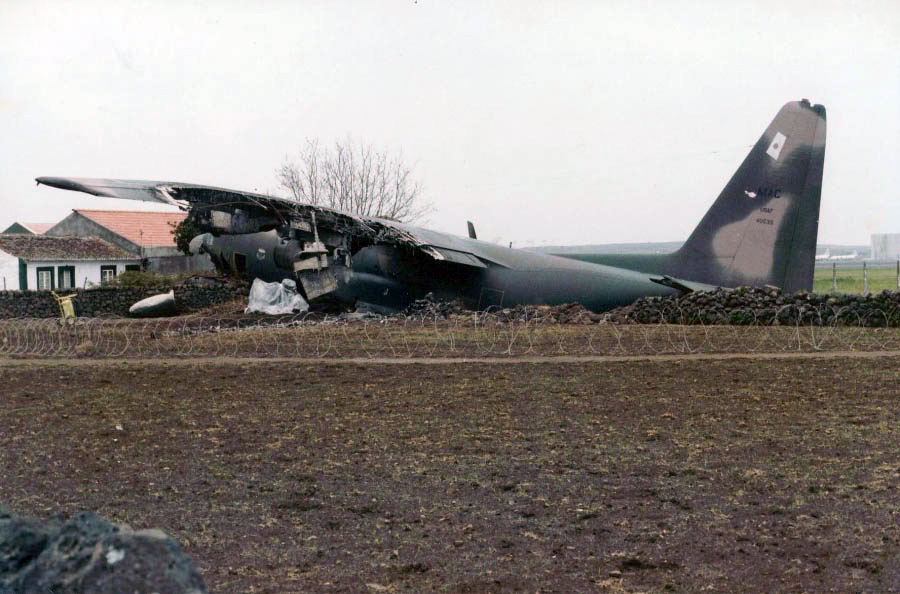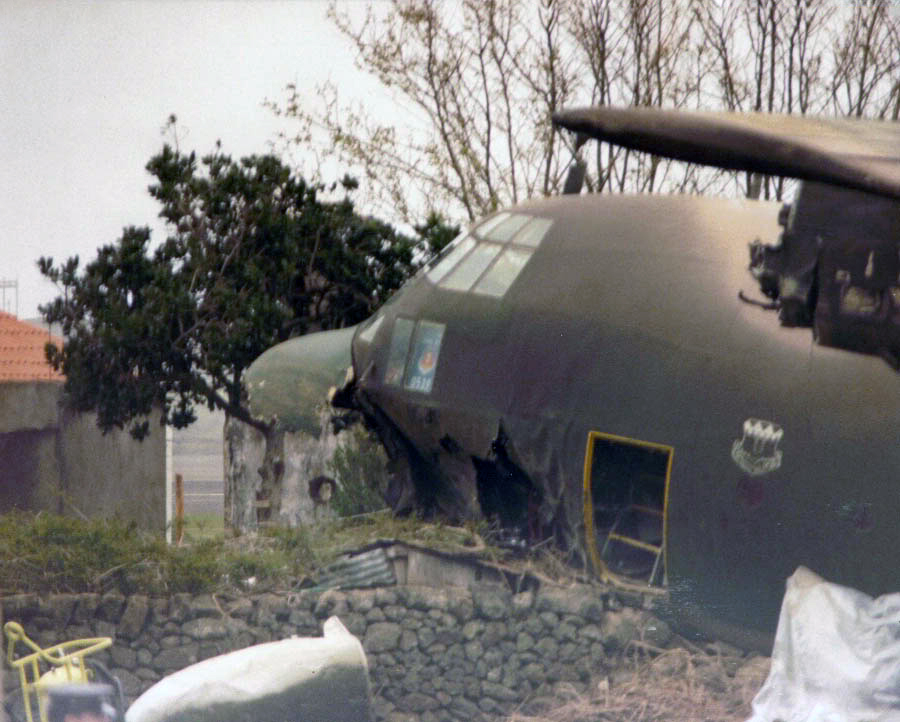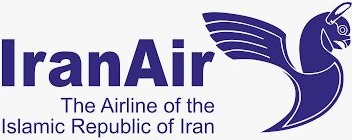Crash of a Piper PA-46-310P Malibu in Vero Beach
Date & Time:
Aug 20, 1984 at 1400 LT
Registration:
N4371Y
Survivors:
Yes
Schedule:
Vero Beach - Vero Beach
MSN:
46-8408082
YOM:
1984
Crew on board:
1
Crew fatalities:
Pax on board:
0
Pax fatalities:
Other fatalities:
Total fatalities:
0
Captain / Total hours on type:
137.00
Aircraft flight hours:
1
Circumstances:
On post-production test flight, pilot noted symptoms of uncommanded lean mixture and turned to return for landing. En route to airport, engine lost power completely. On base leg for forced landing (off airport) fire broke out in engine area and burned through hydraulic line causing gear to extend. Due to increased glide angle, planned flight path would not clear obstruction (Draw Bridge). When the pilot maneuvered to avoid the obstacle, the aircraft stalled, mushed and collided with a boat dock. Investigation revealed a loose fuel line fitting. The pilot, sole on board, was seriously injured.
Probable cause:
Occurrence #1: loss of engine power (partial) - mech failure/malf
Phase of operation: cruise
Findings
1. (c) fuel system, line fitting - loose
2. (c) maintenance, installation - improper - production/design personnel
----------
Occurrence #2: loss of engine power (total) - mech failure/malf
Phase of operation: maneuvering - turn to landing area (emergency)
----------
Occurrence #3: forced landing
Phase of operation: descent - emergency
----------
Occurrence #4: fire
Phase of operation: maneuvering - turn to landing area (emergency)
Findings
3. (c) fuel system, line fitting - leak
4. Fluid, fuel - fire
----------
Occurrence #5: in flight collision with terrain/water
Phase of operation: descent
Findings
5. (f) landing gear, normal retraction/extension assembly - burned
6. (f) landing gear - deployed inadvertently
7. Proper descent rate - not possible - pilot in command
8. (f) terrain condition - high obstruction(s)
9. (f) maneuver - attempted - pilot in command
10. (f) terrain condition - none suitable
11. Stall/mush - inadvertent
Phase of operation: cruise
Findings
1. (c) fuel system, line fitting - loose
2. (c) maintenance, installation - improper - production/design personnel
----------
Occurrence #2: loss of engine power (total) - mech failure/malf
Phase of operation: maneuvering - turn to landing area (emergency)
----------
Occurrence #3: forced landing
Phase of operation: descent - emergency
----------
Occurrence #4: fire
Phase of operation: maneuvering - turn to landing area (emergency)
Findings
3. (c) fuel system, line fitting - leak
4. Fluid, fuel - fire
----------
Occurrence #5: in flight collision with terrain/water
Phase of operation: descent
Findings
5. (f) landing gear, normal retraction/extension assembly - burned
6. (f) landing gear - deployed inadvertently
7. Proper descent rate - not possible - pilot in command
8. (f) terrain condition - high obstruction(s)
9. (f) maneuver - attempted - pilot in command
10. (f) terrain condition - none suitable
11. Stall/mush - inadvertent
Final Report:











